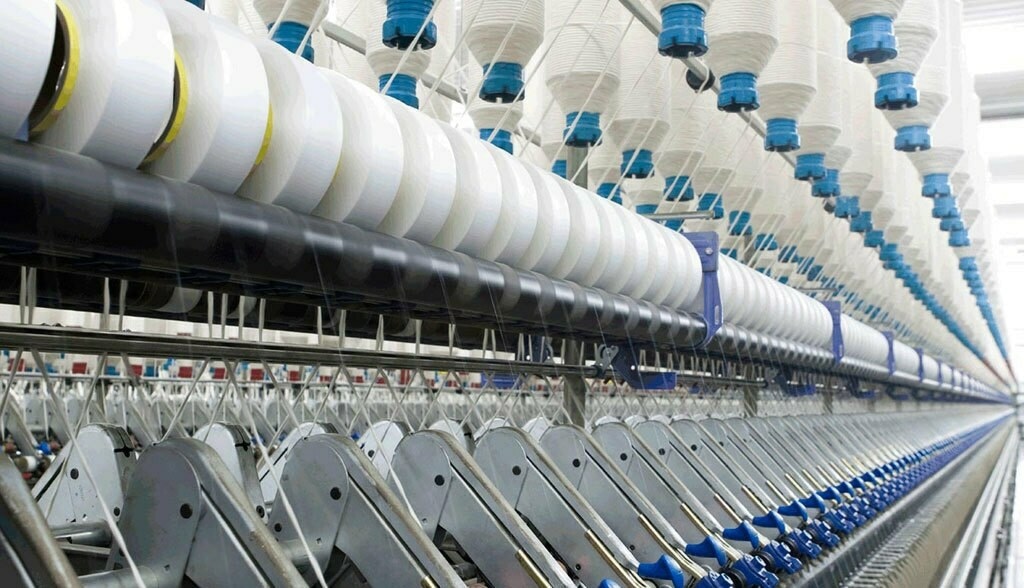Textiles on verge of collapse
16 March, 2023

Textile exporters in Pakistan have expressed concern over the state of the industry, claiming it is becoming increasingly unviable and on the verge of cotlapse. In the past four months, all scheduled meetings with the prime minister have been postponed, leaving them feeling unsupported.
The textile industry is responsible for more than 60% of Pakistan’s exports, but exports have declined by 29% year-on-year as of February 2023, totalling $487 million. From July 2022 to February 2023, total textile exports decreased 11% to $1.35 billion compared to the previous financial year.
According to Muhammad Jawed Bilwani, Chairman of the Pakistan Apparel Forum and Chief Coordinator of the Value-Added Textile Forum, the government has not responded to repeated calls to save the export industry.
“The government’s anti-business and anti-export conduct and behaviour is reflected in the unavailability of gas, lack of uninterrupted supply electricity, restrictions
Read More : Textile exports facing quadruple whammy
on opening of Letters of Credit (LCs), and excessive delays in refunds to exporters,” said Bilwani, adding that the government has imposed severe restrictions on the import of raw materials and machinery, making it harder for businesses to survive.The industry has also been hit by increased energy charges, which have made units uncompetitive and caused some to close down.
Speaking to the Express Tribune, President of the Union of Small and Medium Enterprises (UNISAME), Zulfikar Thaver said, “This will cause setbacks to the textile sector and unemployment.” The government only understands businesses like sugar and poultry, and politics, he lamented.
Nasheed Malik, a textile sector analyst at Topline Securities, told the Express Tribune that the sector is facing uncertainty due to two reasons: increased electricity tariffs and decreased global demand. “The recent Silicon Valley Bank (SVB) episode has caused further panic in the United States and led to declined textile demand in Pakistan. While big companies like Gul Ahmed are surviving, stand-alone units are closing due to the global and domestic economic situation.”
Bilwani also highlighted several other issues that have contributed to the industry’s decline. The rupee-dollar parity has broken all-time records, and inflation is at 31.55%, with the policy discount rate at 20%. The government has discontinued the Regionally Competitive Energy Tariff, increased gas prices by 34.5%, and suspended DLTL under the Textile Policy, increasing the liquidity crunch. Sales tax refunds are also excessively delayed, causing a further liquidity crunch.
In addition, the government’s restrictions on the import of materials have increased the cost of manufacturing, making it “unviable” to operate and export. Pakistan’s Ease of Doing Business Ranking in 2020 was 108th, and has likely fallen further. According to a recent global survey conducted by the World Trade Organisation on textile manufacturing countries in Asia, India, China, and Vietnam rank in the top three for cheap manufacturing costs. Bangladesh is sixth, and Sri Lanka is tenth, while Pakistan is missing from the list due to the daily increasing cost of manufacturing amid instability in the local currency and economic indicators.
“In summary, the textile industry in Pakistan is facing significant challenges and the government needs to take urgent action to support the industry,” said Bilwani.
Source: tribune.com.pk
